

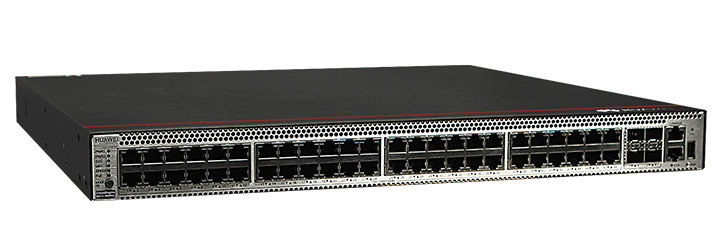
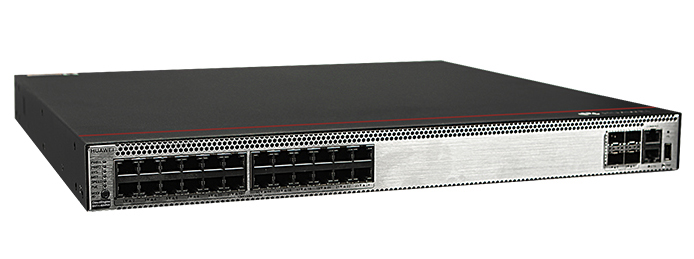
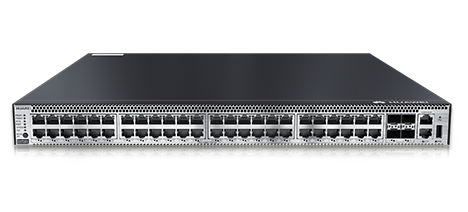
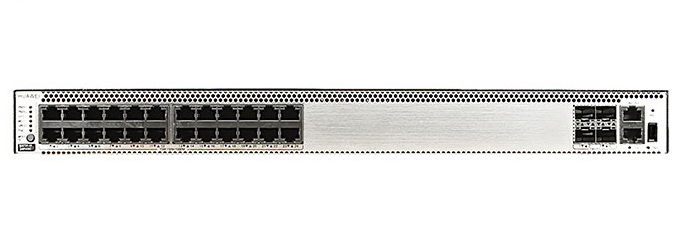
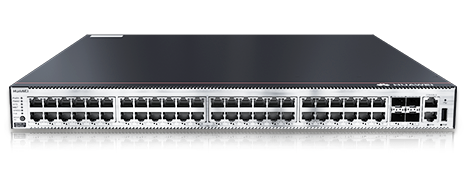

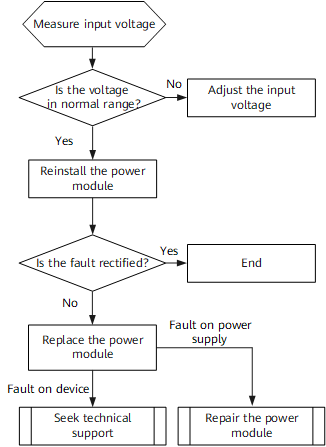


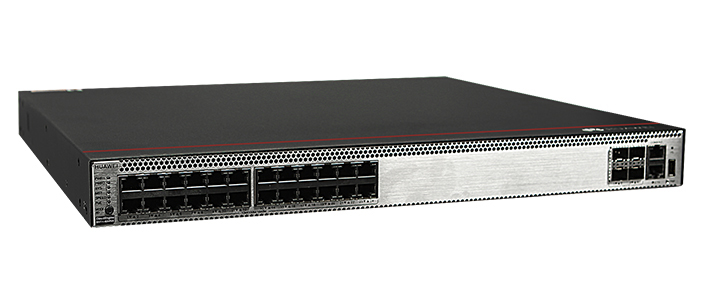

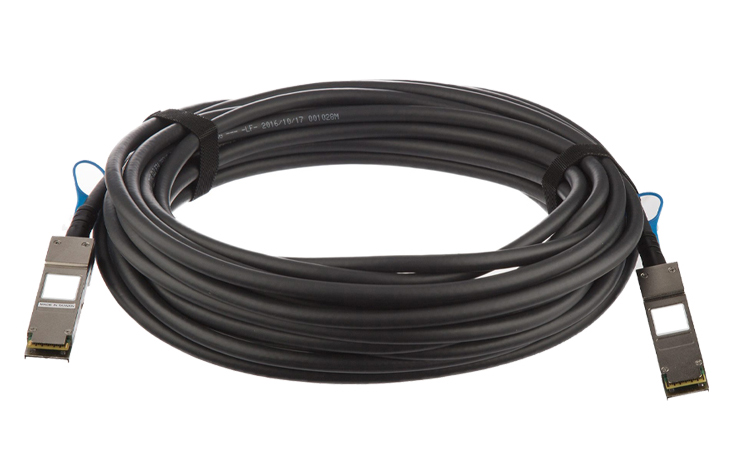


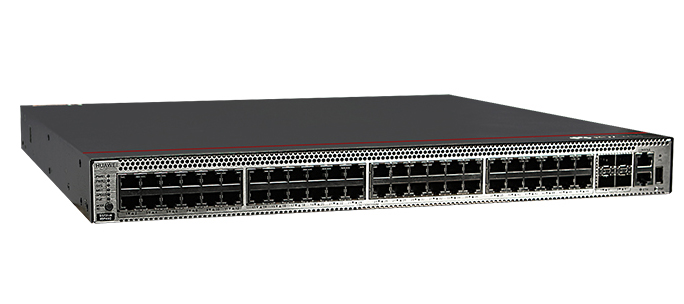

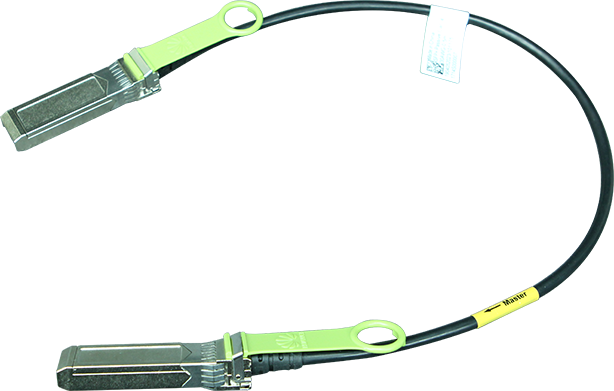
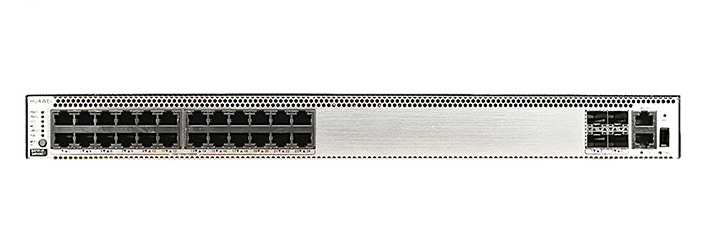

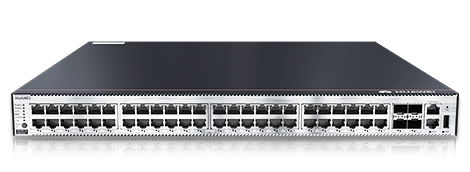
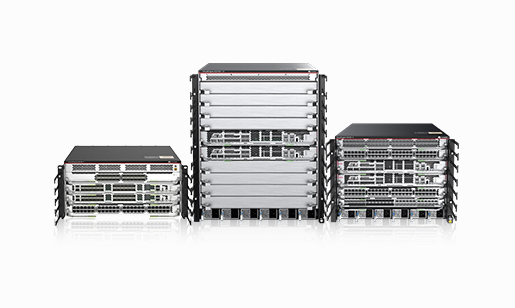
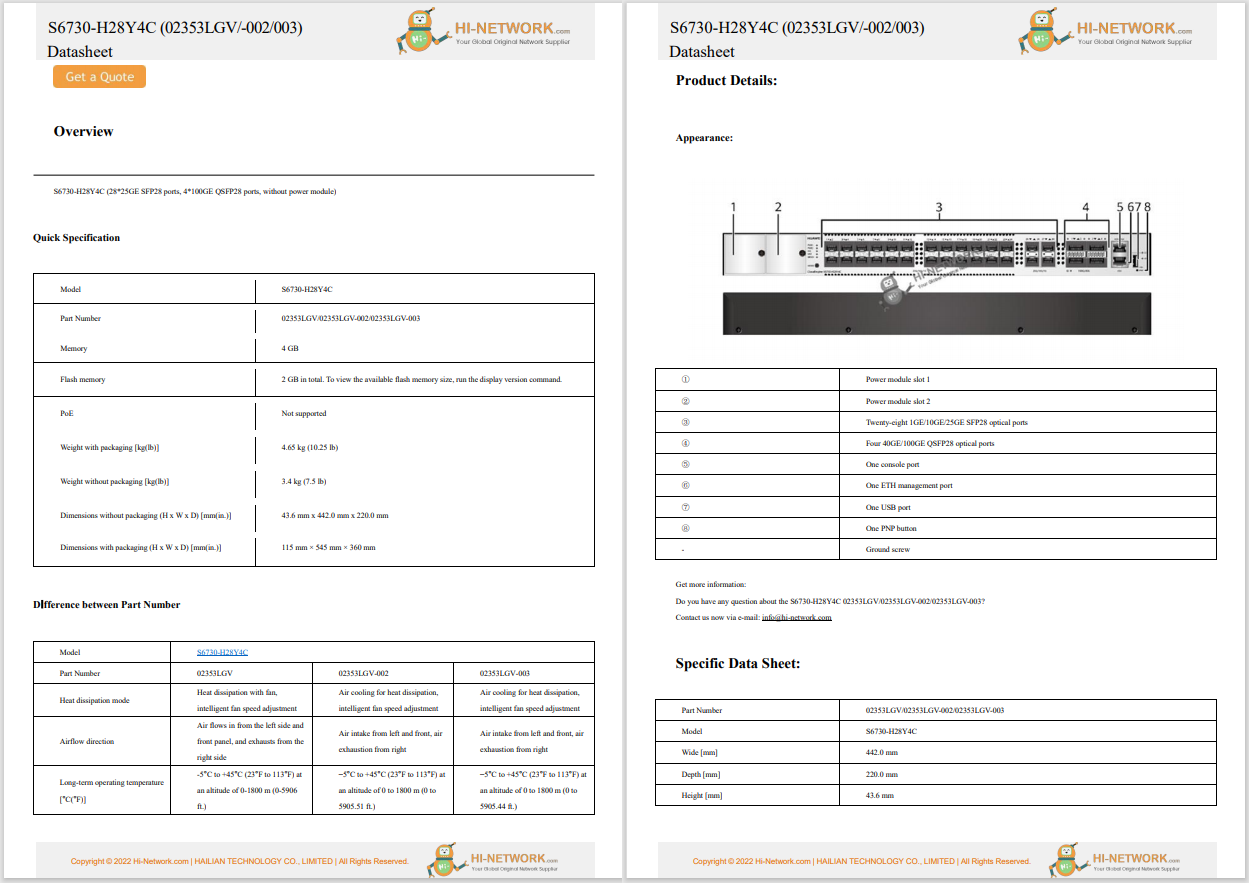

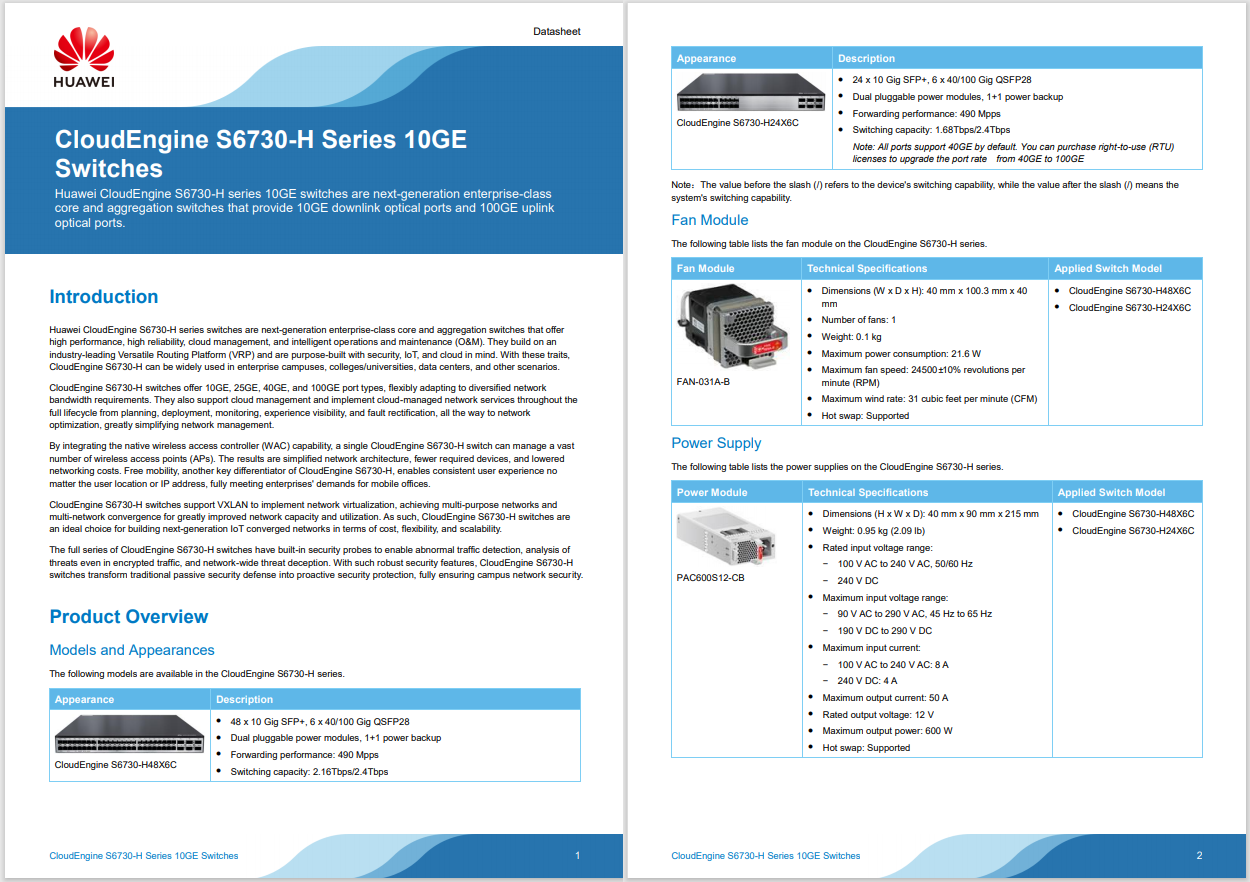




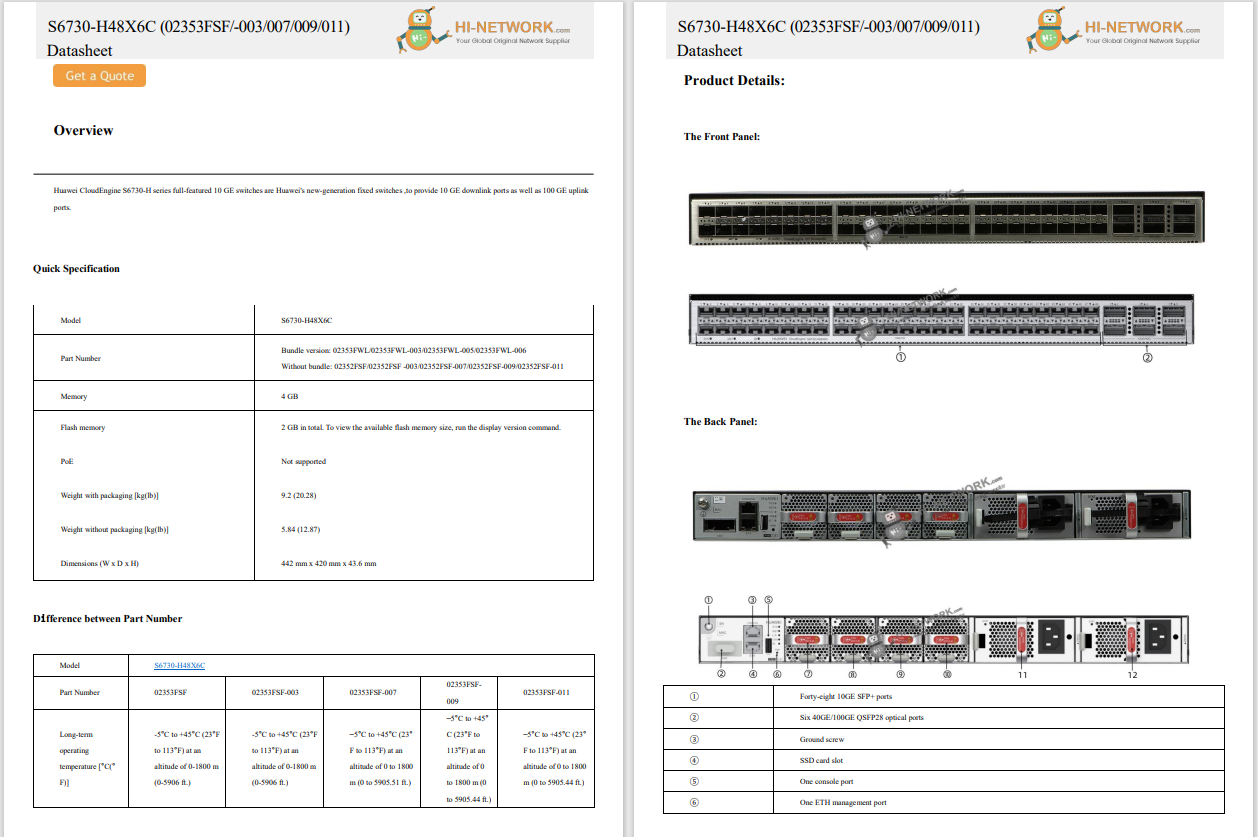
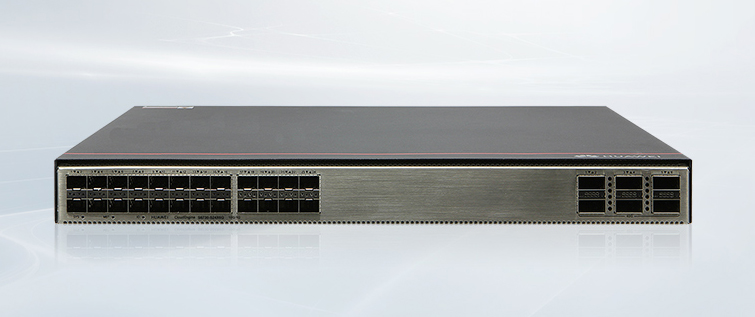

Linux is the most flexible and customizable operating system on the planet. That customizability starts deep within the heart of the Linux kernel and the file system.
A computer file system is a method of organizing, managing, and storing data on a local drive and provides a structure for files to be stored, retrieved, and manipulated.
The Linux file system is composed of three layers:
Not familiar with Linux? The reason why the concept of the file system might seem foreign is that neither MacOS nor Windows offers options with regard to choosing which file system you want to use.
Also: The 5 most customizable Linux desktop environments - when you want it your way
Linux, on the other hand, has several options for file systems, each with its pros and cons. Knowing this information might not only help you choose a Linux distribution that's perfect for you, but also choose a file system that is up to whatever tasks you have for the operating system.
Let's examine the three most popular Linux file systems (and the pros and cons of each) to determine whether an alternative is best for your needs.
The ext4 file system is the default for most Linux distributions. The reason for that is simple: It's trusted. Ext4 has been around for 16+ years and has proven itself to be one of the most stable file systems available. Most distributions that opt for ext4 don't even offer alternatives within the standard installation. For example, with Ubuntu, you have to go the manual partitioning route to select an alternative file system.
The pros:
The cons:
If you have an older PC to be used for Linux, ext4 might not be the best option. That said, for any system that supports Windows 8 or higher, ext4 is probably your best bet for typical desktop usage.
Also: The best Linux distributions for beginners: Expert tested and reviewed
Distributions that default to ext4 include Ubuntu, Linux Mint, elementaryOS, ZorinOS, Fedora, Pop!_OS, and Debian.
The XFS file system was created for large file reads and writes. This is beneficial for businesses that depend on the storage and retrieval of large media files, as XFS can perform the read and write operations simultaneously. The parallel I/O operations greatly improve performance.
This means, however, that XFS probably isn't the best option for a desktop computer (unless that computer will be serving large files to a LAN, as in the case of a media server).
Pros:
Cons:
Few Linux distributions default to XFS, one of which is Oracle Linux.
Btrfs is a modern copy-on-write Linux file system that includes advanced features for fault tolerance, repair, and administration. Btrfs uses a copy-on-write file system, which means if a file is modified/written to the storage, the file is not replaced but, instead, a copy of the file is created.
Also: I finally found a visually pleasing Linux distro that doesn't skimp on performance
Btrfs has become a popular option for Linux because of its built-in snapshotting tools, which means if something goes wrong with your system, you can easily roll back to a previous (working) snapshot.
Pros:
Cons:
Distributions that use Btrfs as the default include Fedora, SUSE Linux Enterprise Server, and openSUSE.
In the end, my recommendation would be to stick with the distribution's default file system because it's easier, and the developers have chosen that particular file system for a reason.
However, if you have a particular need that an alternative file system outlined above would meet, consider using that instead.
Get the biggest stories in tech every Friday with 'sWeek in Review newsletter.
 Hot Tags :
Tech
Hot Tags :
Tech